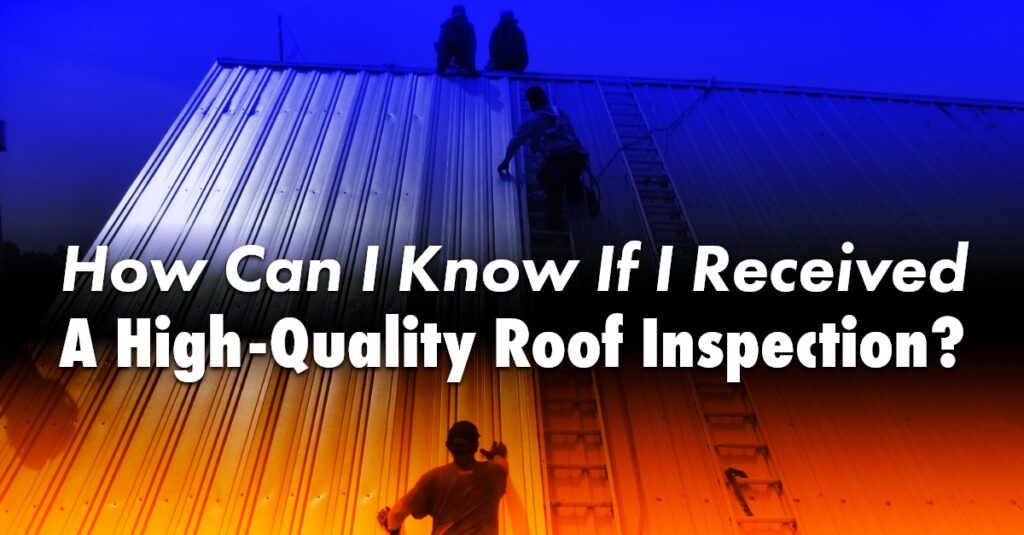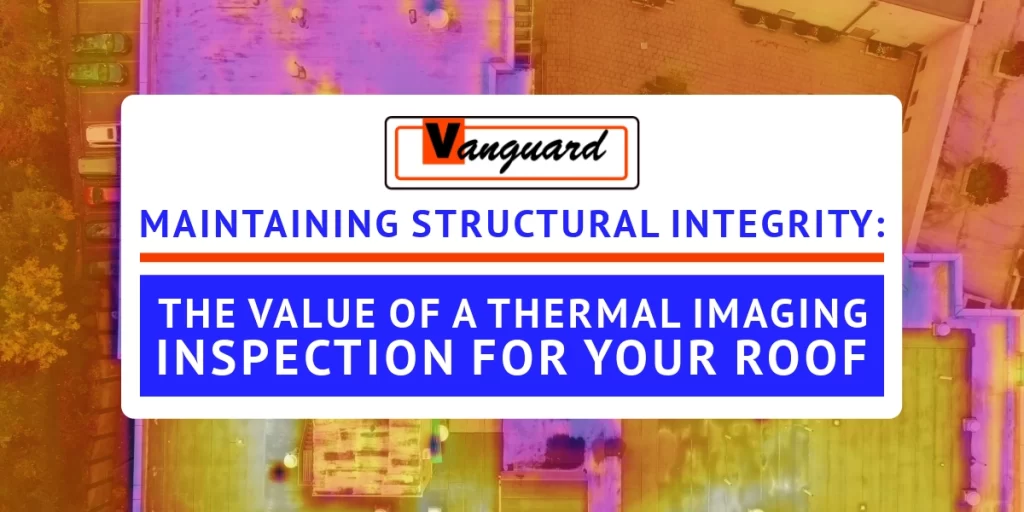We could start this piece by telling roofing jokes, but we’re worried they’ll all be over your head. Anyway, do you ever get the feeling somebody knows something they are not telling you? You know: roof inspections; avoiding ripoffs; the insider’s track. “Oh, I know a guy who has a friend who can get you a real roof inspection.” No worries! Here’s how to spot a genuine, all-important roof inspection.
Over the Top
To provide really great roof work, ambitious roofers go over the top. (If you think those first two jokes were bad, brace yourself.)
Roof inspections are critical parts of a good roofing assets program, so expect your local commercial roofer to suggest at least an annual inspection. In areas often hit by challenging weather (like the Northeast, hint hint), semi-annual inspections are recommended, with a third inspection following any nasty weather.
What parts of your commercial roof should be included in such a stellar roof inspection? Here’s a partial list (alphabetized, for all you Type A personalities out there!):
- Drains
- Flashing details
- Gutters and downspouts
- Insulation
- Parapet walls
- Roof membrane
- Roof surfaces
- Seams
- Scuppers
RCA But Not With The Dog
There’s an RCA brand out there with a little dog mascot, but when we say RCA, we mean Roof Condition Assessment. When a high-quality roofer performs an RCA on your property’s roof, you receive a detailed report explaining the findings, minus the dog. And what would a commercial roofing contractor’s dog say? Roof, roof, of course.
If you are the sensitive type, the report could be a good news-bad news sort of paper:
- Good news! You can see hundreds of beautiful, bright stars from your property at night!
- Bad news! You can see all those stars through the holes in your roof.
Your roofer will use a roof inspection checklist, photograph the entire roof surface, inspect any existing roof maintenance records, and determine your roof’s composition. (And yes, the first item on the Roof Inspection Checklist is “Remember to Bring the Roof Inspection Checklist.”)
Bob
We mentioned two scheduled annual inspections per year and a third one based on extreme weather. Commercial properties throughout the Northeast now have to be maintained to endure 100-year storms several times a decade.
The Great Hurricane of 1938 lived up to its title, with 12-foot tidal surges and winds of 120 mph. Then folks seem to have given up on the hype and tacked on some distinctly uninspiring names:
- Hurricane Dog (yup; Dog), 1950
- Hurricane Connie, 1955
- Hurricane Bob, 1991
Bob? Really? Modern roofing materials can generally handle hurricane-force winds, but only if your roof has been properly maintained.
What about blizzards? Commercial roofs have to handle snow and ice loads like these:
- The Blizzard of 1888 dropped 46.7 inches of snow in … well, 1888
- “The Worst Ice Storm on Record” brought 1.5 inches of ice in 1964
Ask yourself—is your building braced for those levels of snow and ice? Only a thorough roof inspection will give you peace of mind.
Hot Stuff
Really exemplary commercial roofers will offer roof inspections that include modern technology, like infrared thermal imaging roof scans. Using infrared cameras, the inspection team can see past the top surface of your industrial building, warehouse, or commercial roof and find subsurface moisture trapped within the layers of your roof.
Similarly, for commercial roofs that are not easily accessible (or are scary-high; don’t judge us—we all have our little issues), your commercial roofer can use infrared drones to scan the roof and spot two potential problems:
- Water infiltration from leaks
- Heat loss from inadequate insulation
Both conditions—a roof that is too cool from trapped moisture or too hot from escaping heat—will drain your building budget. Two annual inspections (before and after winter) can pay for themselves in energy savings, but only if you implement your roofer’s recommendations.
Yes and No
The written report and supporting photographs, video, or infrared scans will give you a starting point, not a final answer. You have to go through the roof inspection report and arrange your priorities:
- Yes, you need roof work, but
- No, you have not budgeted for extensive repairs, which means
- Yes, you will arrange for your roofer to perform needed repairs immediately, though
- No, you will not be paying for your roofer’s new yacht by doing everything this year, so
- Yes, you will schedule critical repairs and make an appointment for the next inspection
Your roofer may point out that money spent now on preventive maintenance prolongs the life of your existing roof, helping your investment last longer. (And if your roofer doesn’t, we just did.)
Vanguard Roofing is a family-owned, family-operated commercial roofer providing complete commercial and industrial roofing services to companies throughout seven states of the northeast United States. Contact us today to learn more about our roof inspections and other offerings.




